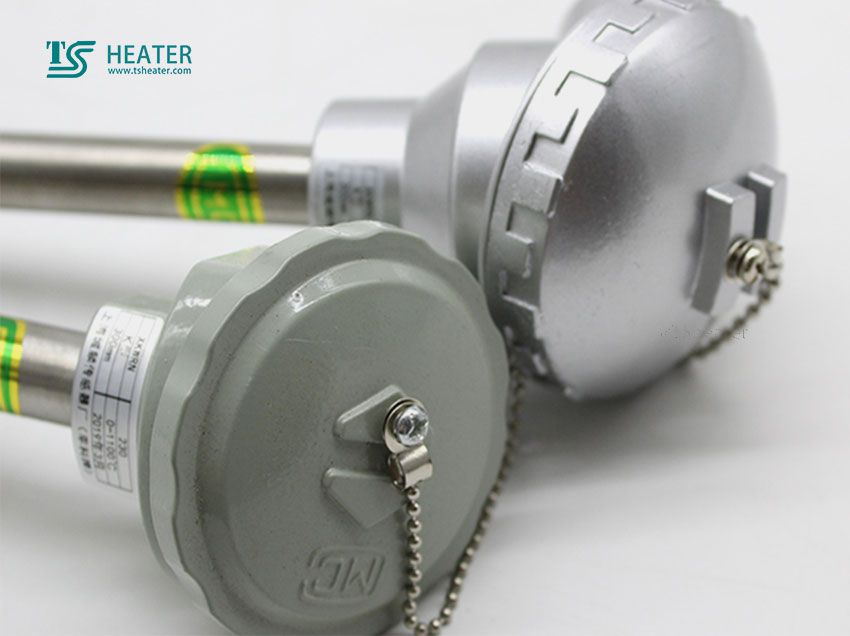
Oct 14 2022

Oct 14 2022

Oct 14 2022

Oct 01 2022
At present, the thermocouples used internationally have a standard specification. The internationally stipulated thermocouples are divided into eight different divisions, namely B, R, S, K, N, E, J, and T, and the measured temperature is lower. It can measure minus 270 degrees Celsius and up to 1800 degrees Celsius. Among them, B, R, and S belong to the platinum series of thermocouples. Since platinum is a precious metal, they are also called precious metal thermocouples and the remaining ones are called a cheap Metal thermocouple.

There are two types of thermocouples, common type, and armored type.
Ordinary thermocouples are generally composed of thermode, insulating tube, protective sleeve, and junction box, while armored thermocouple is a combination of thermocouple wire, insulating material, and metal protective sleeve. A solid combination formed by stretching. But the electrical signal of the thermocouple needs a special wire to transmit, this kind of wire is called compensation wire.
Different thermocouples need different compensation wires. Its main function is to connect the thermocouple to keep the reference end of the thermocouple away from the power supply so that the temperature of the reference end is stable.
Compensation wires are divided into two types: compensation type and extension type
The chemical composition of the extension wire is the same as that of the thermocouple being compensated, but in practice, the extension wire is not made of the same material as the thermocouple and generally replaced by a wire with the same electron density as the thermocouple. The connection between the compensation wire and the thermocouple is generally very clear. The positive pole of the thermocouple is connected to the red wire of the compensation wire, and the negative pole is connected to the remaining color.
Most of the general compensation wires are made of copper-nickel alloy.
The thermocouple is the most widely used temperature device in temperature measurement. Its main characteristics are a wide temperature measurement range, relatively stable performance, simple structure, good dynamic response, and the conversion transmitter can transmit 4-20mA current signals remotely. , It is convenient for automatic control and centralized control.
The principle of thermocouple temperature measurement is based on the thermoelectric effect. Connecting two different conductors or semiconductors into a closed-loop, when the temperatures at the two junctions are different, thermoelectric potential will be generated in the loop. This phenomenon is called the thermoelectric effect, also known as the Seebeck effect. The thermoelectric potential generated in the closed-loop is composed of two kinds of electric potentials; thermoelectric potential and contact potential.
Although thermal resistance is also widely used in industry, its application is limited due to its temperature measurement range. The temperature measurement principle of thermal resistance is based on the resistance value of a conductor or semiconductor changing with temperature. characteristic. It has many advantages. It can also transmit electrical signals remotely. It has high sensitivity, strong stability, interchangeability, and accuracy. However, it needs a power supply and cannot instantaneously measure temperature changes.
The temperature measured by the thermal resistance used in the industry is relatively low, and the temperature measurement does not require a compensation wire, and the price is relatively cheap.
The difference between the thermocouple and thermal resistance has been explained above. Everyone should understand this point. We have 15 years of experience. Those who are interested can call for a consultation.